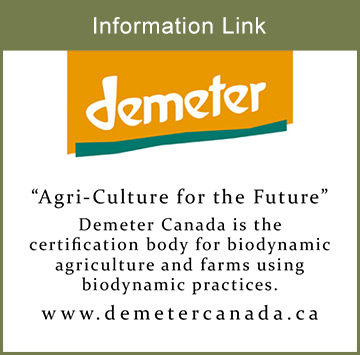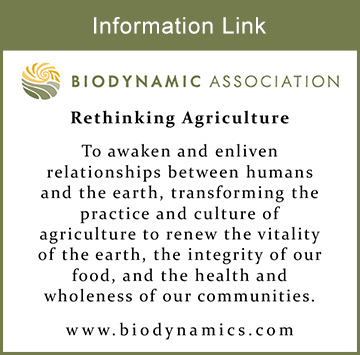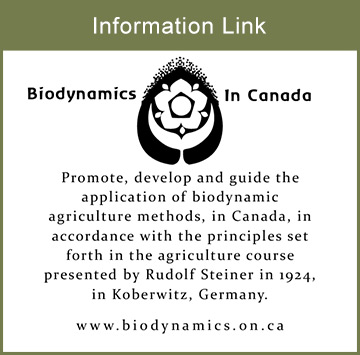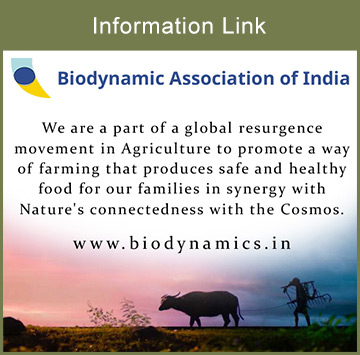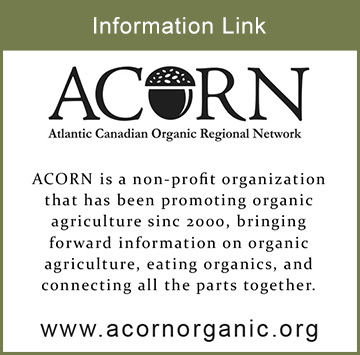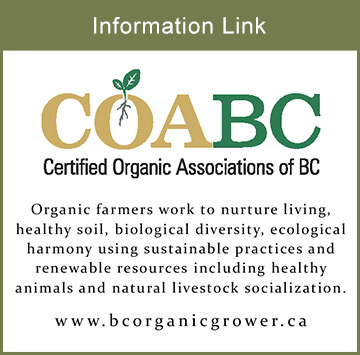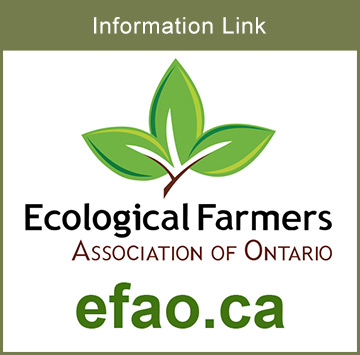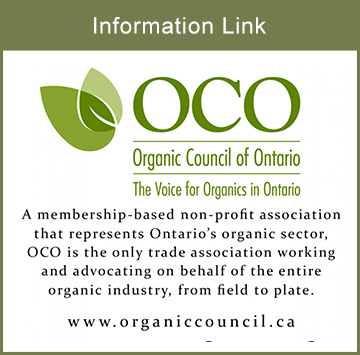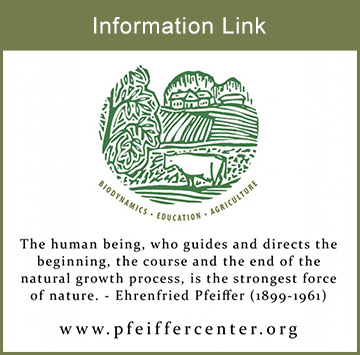What is Regenerative Agriculture?
Regenerative agriculture is a conservation and rehabilitation approach to food and farming systems. It focuses on topsoil regeneration, increasing biodiversity, improving the water cycle, enhancing ... Wikipedia
"If you’ve never heard about the amazing potential of regenerative agriculture and land use practices to naturally sequester a critical mass of CO2 in the soil and forests, you’re not alone. One of the best-kept secrets in the world today is that the solution to global warming and the climate crisis (as well as poverty and deteriorating public health) lies right under our feet, and at the end of our knives and forks." -Ronnie Cummins, Regeneration International Steering Committee Member

WHY REGENERATIVE AGRICULTURE?
Transitioning to more sustainable forms of agriculture remains critical, as many current agriculture practices have serious consequences including deforestation and soil degradation. But despite agriculture’s enormous potential to hurt the environment, it also has enormous potential to heal it. Realizing this, many organizations are promoting regenerative agriculture as a way to not just grow food but to progressively improve ecosystems.
Drawing from decades of research, regenerative agriculture uses farming principles designed to mimic nature. To build healthy soils and fertile, thriving agro-ecosystems, this approach incorporates a range of practices like agro-forestry and well-managed grazing. Benefits of these practices include richer soil, healthier water systems, increased biodiversity, climate change resilience, and stronger farming communities.
HOW DOES IT WORK?
The key to regenerative agriculture is that it not only “does no harm” to the land but actually improves it, using technologies that regenerate and revitalize the soil and the environment. Regenerative agriculture leads to healthy soil, capable of producing high quality, nutrient dense food while simultaneously improving, rather than degrading land, and ultimately leading to productive farms and healthy communities and economies. It is a dynamic and holistic, incorporating permaculture and organic farming practices, including conservation tillage, cover crops, crop rotation, composting, mobile animal shelters and pasture cropping, to increase food production, farmers’ income and especially, topsoil.
Links to Regenerative Agriculture
Aranya Agricultural Alternatives
Ecological Farming Association (EcoFarm)
Soils, Food, and Healthy Communities
Sustainable Harvest International
Traditional Native American Farmers Association

